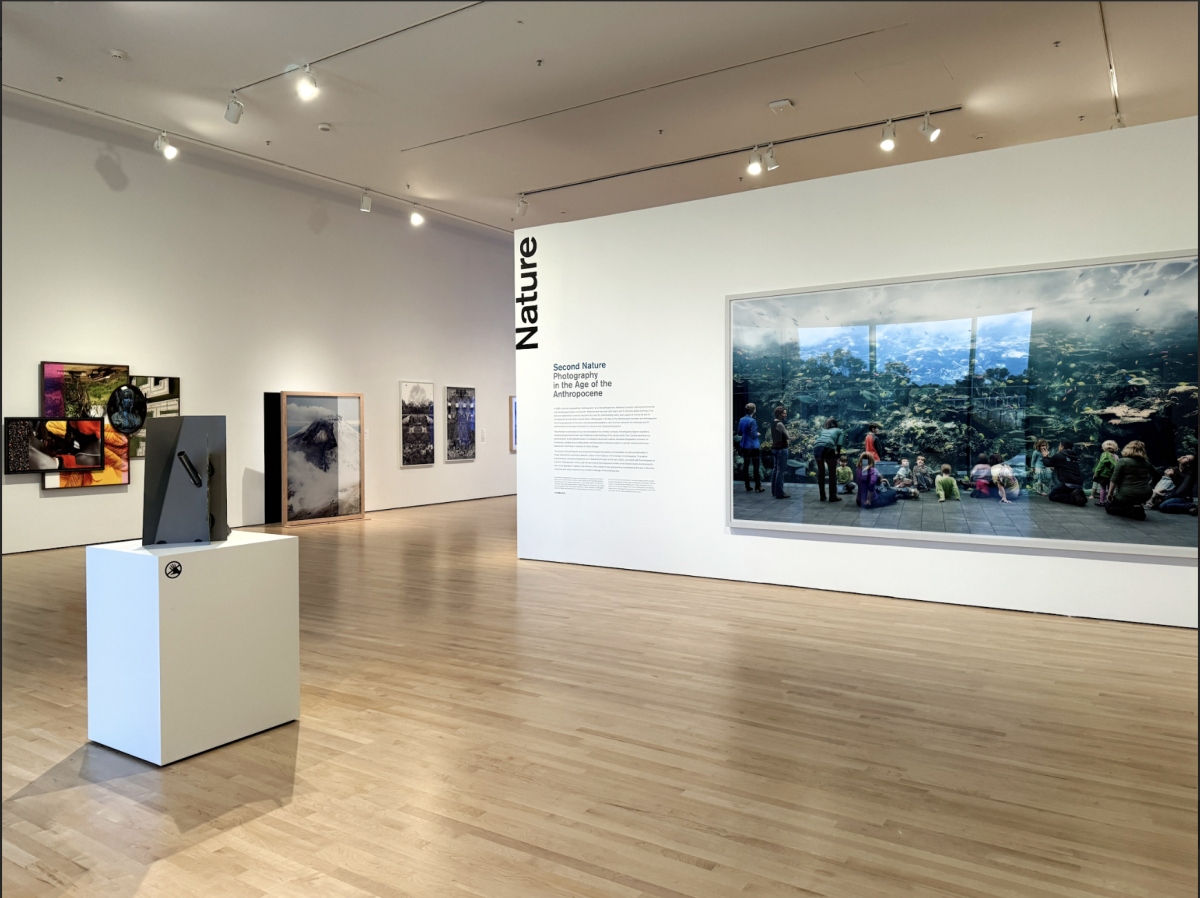Music is often what defines a person. You know what music you listen to and who your favorite artists are, but where do you go to get your tunes?
Old-school record enthusiasts aside, many students today buy their music through iTunes, or stream them online through Youtube or Last.fm. However, two new subscription-based music streaming companies, Rdio and Spotify, have leapt onto the scene, threatening to change how users, download, and share the music we love.
Spotify allows users to stream music to their desktop for free; however, the library is limited in comparison to the paid subscription service ($4.99/month for Unlimited and $9.99/month for Premium), and buying the mobile app will set you back another $4.99 unless you buy the Premium subscription service. Its library is fairly large, and even larger if you pay for the Unlimited or Premium services, and includes music from all four major music labels: Universal Music Group, Sony Music Entertainment, Warner Music Group and EMI. Spotify’s free streaming is not without its downsides, including sidebar advertisements, audio ads, and the inability to sync your downloaded songs to your iPods and iPhones. However, what Spotify does offer, unlimited streaming of a large, but not complete, library of music, makes it great for music-lovers on a small budget.
What Rdio brings over Spotify is both presentation and enhanced social networking, in exchange for a far heftier fee. Rdio also includes Spotify’s abilities to sync with iPods and iPhones and mostly the same songs. With only a 7-day free trial available, after which users must pay $9.99 a month to continue, Rdio unfortunately lacks the free streaming capabilities of Spotify.
“I think the most important aspect of Rdio is that it is not an ad-supported platform,” Ryan Auffernberg of Rdio’s Marketing Department said. “What this means is, from the user’s perspective, it is a better user experience because your listening is not interrupted by advertising. We put a high premium on that, but that is what really sets us apart.”
One major difference between Rdio and Spotify is that Rdio can run in your browser, while Spotify must run on your desktop, making Rdio better for people who must switch between different computers while listening, or don’t like downloading unnecessary applications onto their computers. Another major feature of Rdio is the ability to follow music connoisseurs and reviewers, giving listeners the chance to follow the people that decide “what’s hot” in music.
The bottomline is summarized by Auffenberg.
“As a consumer, I would be inclined to try all these music services before deciding which one I wanted to subscribe to,” Auffenberg said. I’m a music consumer, I’m a musician and I’m a huge music fan. I would really recommend people to dig around and see which one they like.”







